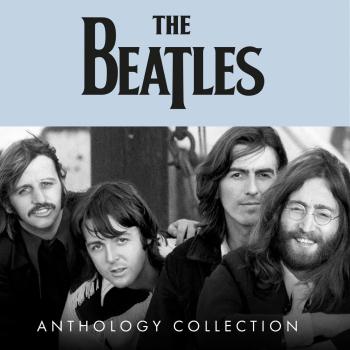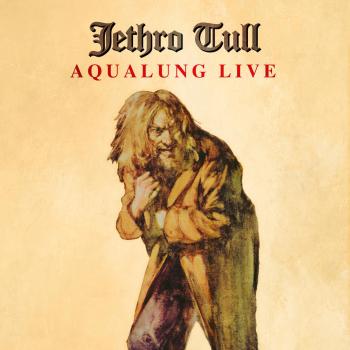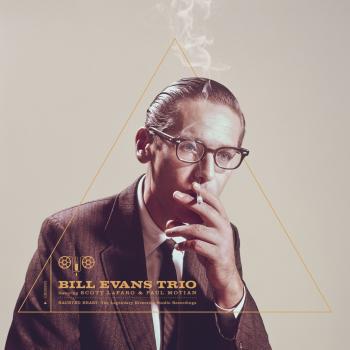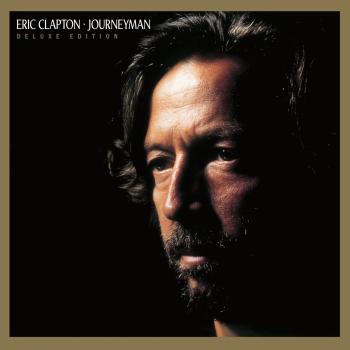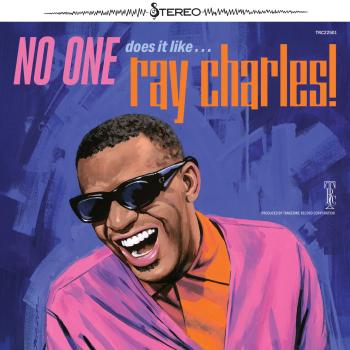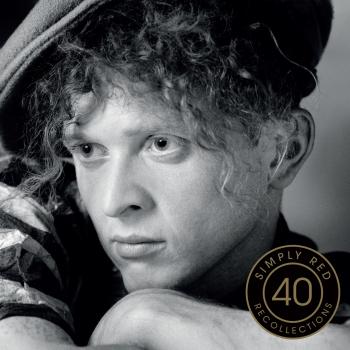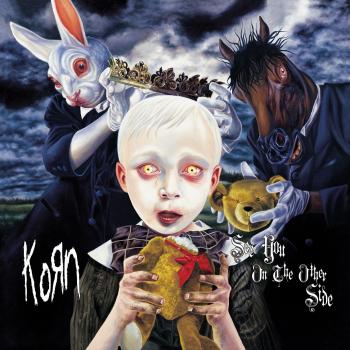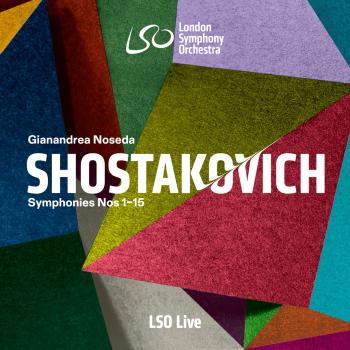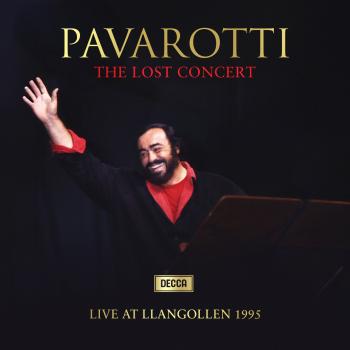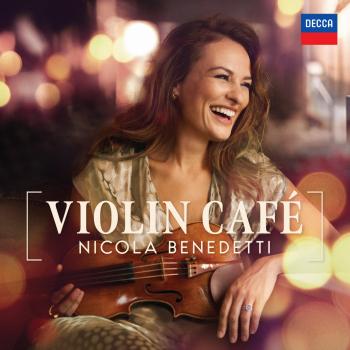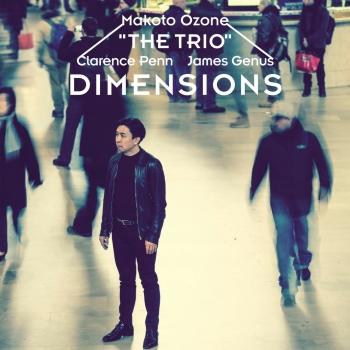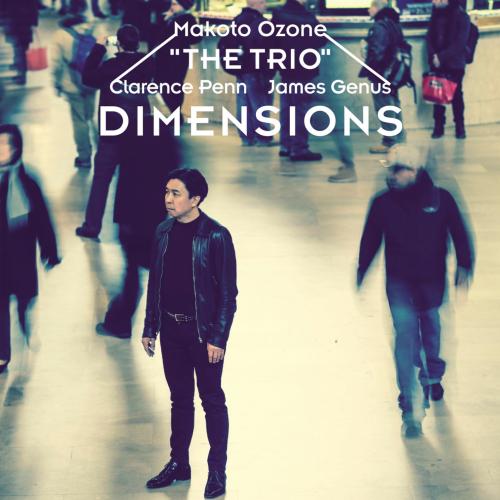
Dimensions Makoto Ozone The Trio feat. John Scofield
Album info
Album-Release:
1997
HRA-Release:
02.08.2017
Album including Album cover
I`m sorry!
Dear HIGHRESAUDIO Visitor,
due to territorial constraints and also different releases dates in each country you currently can`t purchase this album. We are updating our release dates twice a week. So, please feel free to check from time-to-time, if the album is available for your country.
We suggest, that you bookmark the album and use our Short List function.
Thank you for your understanding and patience.
Yours sincerely, HIGHRESAUDIO
- 1 Dues 06:14
- 2 Wishy Washy 04:42
- 3 Mirror Circle 05:04
- 4 Silhouette 04:48
- 5 Flores Do Lírio 04:58
- 6 M.C.J. 05:43
- 7 Angel’s Tear 06:25
- 8 Tag Me, Tag You 05:02
- 9 Time Thread 06:29
Info for Dimensions
„Makoto Ozone is an exceptional jazz pianist with prodigious technique, classical lyricism, and precise delicacy who often works with Gary Burton and recorded several fine albums for Columbia before switching to Verve. The Trio is an ideal introduction to his talents, which also include writing tuneful, lingering melodies and arranging them into an optimum mix of freedom and form. The ten Ozone originals here range from lively bop excursions ("The Beginning" and "Stinger") to thoughtful beauties like "Home," "My Old Book," and "Fairy Dance," a lovely waltz that builds higher as it sways. All are expertly rendered by this superb trio, with legendary guitarist John Scofield contributing extra texture and spice to three tracks: trading intricate twos with Ozone on the sly "Lazy Uncle," he brings his acoustic sensitivity to "Home," then later rocks out on Stinger. The showstopper is "Esperanza," an exciting fusion of Latin heat and Brazilian cool with sizzling solos by drummer Clarence Penn and bassist Kiyoshi Kitagawa. It's a varied sampling, thoughtfully assembled so that the passionate, free intensity of "Boon-Cha-Cha" is balanced by the playful antics of "A Happy Cat" and the swinging, smiling "Tea for Three." This album gets more richly satisfying with each listen. Highly recommended.“ (Judith Schlesinger, AMG)
Ozone Makoto, piano
James Gennas, double bass
Clarence Penn, drums
John Scofield, guitar (on tracks 2, 5, 7)
Makoto Ozone
There is an infectious buoyancy to the music of Makoto Ozone. The uplifting and inspiring magic he creates on the piano is a testamen to his outstanding technique and the brilliance of his passion. But above all, it's that irresistible swing he has that breathes life into his music.
Born and raised in Kobe, Japan (on March 25, 1961) Ozone was playing the blues organ by age four, the product of a jazz organist father and the musically rich environment he was brought up in. It was an Oscar Peterson concert that turned him on the piano at the age of twelve. The talents of the legendary pianist caught the young boy by total surprise and inspired him to tackle the instrument himself. It is with special pleasure then to hear that the very same Oscar Peterson regards Ozone as an "outstanding pianist. Firt of all, his trechnique is extraordinary. And secondly, there isn't an ounce of waste to his performance. It is a wonderful thing to be able to express oneself to the audience with such clarity."
Ozone made his first public appearance in 1983 with a solo recital performance at the Carnegie Recital Hall, soon after graduating from Berklee College of Music. The incredibly talented young man with the exotically handsome looks soon became the talk of the jazz circuit. It was not long before he struck a record deal with CBS, making his international debut in 1984 with the album "OZONE". His mento Gary Burton, who had invited him into his quartet and took him along on a world tour, not only participated in this memorable first album, but also wrote the liner notes as well. He let the fans in on a little secret: Ozone had yet to own a piano just then.
A fine beginning for a fine young pianist, Ozone's musical career flourished. His first concert in Japan won him rave reviews and a permanent place in the hearts of Japanese fans who proudly regard his success as their own. His second album "After", was released in 1986. Once again, he played at the Carnegie Hall, this time, as an opening act for Sarah Vaughan!
Wether performing in front of 30.000 people at Montreux and JVC jazz festivals or in smaller clubs,his passion bursts forth in brilliance as he sweats and swings and cries out as one with the audience. With the spirit of a true entertainer, Ozone enthrals the audience with his shine and wit. Nothing is more important than his best effort. Small wonder ecstatic fans go back for more.
Having released four albums on CBS by 1988, Ozone opted for a change in scenery. He signed on with Victor Music Entertainment in 1989 and relocated himself back in his native homeland. Excited by the possibility of opening new doors, Ozone immersed himself with the synthesizer - a totally new experience for the child of the piano. The results were eye opening. "Starlight", the first album to be released by Victor and the two albums that followed were of the finest quality, the fusion sounds produced by the synthesizer simply delightful. Not satisfied by limiting his talents to music alone, it was around this time that he ventured out into new terrain by hosting a TV show. It goes without saying that his charming manner and sense of humor certainly did no harm and his fanbase broadened to include many a more starry-eyed women.
But sitting on his haunches and enjoying success was simply not Ozone's style. He embarked on a decision to seriously concentrate on music once again, shifting his focus to acoustic jazz. Contaced by Verve Polydor records, he signed to them in 1994. A landmark decision that served as a catalyst: for the unveiling of his true brilliance, all cam gushing forth like a breaking of a dam. Always a favourite in Europe, Ozone's return to the jazz piano was lauded enthusiastically. He commenced a string of exhilerating live dates that included performances at the North Sea Jazz Festival, Nice Jazz Festival, and the Montreux Jazz Festival. Back in Japan, his first album from the Verve/Polydor label was released. A solo piano album "Breakout", caught the jazz scene off guard, but it was a glorious surprise indeed. Ozone's unexpected return to jazz was a cause for celebration among jazz fans everywhere.
In 1995, Ozone released a collaborative album with Gary Burton, whom Ozone had cultivated a close working relationship with ever since his debut. Entitled "Face to Face" (GRP/MCA) the album showcased a remarkable combination between the two players, the interplay between them almost telepathetic. A world tour was inevitable. "Nature Boy", his second album from Verve was a carefully chosen collection of jazz standards. While striving to preserve the beauty of the original melodies, the innovative interpretations by Ozone, together with John Patitucci on bass and Peter Erskin on drums, made the songs their own.
News of OzoneÄs return to the piano did not escape the sharp ears of Chick Corea. He invited Ozone to join in on his rendition of Mozat's Double Piano Concerto in E-Flat. Classical repertoire has always had a place in Ozone's recordings, but it was with this recording that he caught the full attention of the classical msuic scene. They zoned in on him at once, and their admiration for this brilliant musician still stands true today. Perhaps the world has finally caught up with Ozone's effortless style of transcending the boundaries of music. Having toured South American countries such as Mexico and Argentia, Ozone aquired an instinctive understanding of the universal power of music, which in turn reconfirmed his beliefs that music cannot simply be divided into categories.
1997 was the year he founded the Makoto Ozone Trio with Kiyoshi Kitagawa hailing from Osaka on bass and the extremly musical Clarence Penn on drums. The union helped bring out a new dimension of depth to Ozone's piano, which ws displayed in "The Trio" released in 1997, folowed by "Three Whises" in 1998. Their chemistry was reflected in the fluency of the common musical language they shared, and the three were frequently refered to as soulmates. Articles heralding their success abounded.
The summer of 1998 was marked by the release of "Dear Oscar", a tribute to Oscar Peterson. Peterson himself was absolutely delighted by the album and as a result, the two became fast friends. Hardly surprising as both musicians have the special gift of wooing the audience with their romantic and swinging toucj, not to mention the music they created on the piano holds the eclectic dynamism of a full orchestra.
Further glory awaited the trio, who was awarded the most prestigious Jazz Disc Award as well as the Jazz Award on the next two albums. "No Strings Attached" followed in 1999, a versatile album that incorporated everything from jazz to tango. The album concluded the first era of the Makoto Ozone Trio, who decided it was time for the band to evolve.
Change came in form of a new bassist, James Genus, known for his impressive performances with Wynton Marsalis. Ozone, Penn and Genus are well matched. The pursuit of excellence is a top priority among the three musicians, who have no intention of limiting themselves to just one area of music. Jazz, classical, Brazilian and Tango, they aim to redefine the boundaries of music. Recording of the much-awaited new album will begin in the spring of 2000. Expectations run high. But of course, imagine the possibilities of a trio blessed with a sense of subtlety and dynamism that can at times be combined within a single song.
The 21-century calls for a progressive and unbiased sense of music that overcomes the preconceptions of genre and seizes it as one entity. Coming from a jazz background but with eyes firmly foccused on a broader musical horizon, Makoto Ozone is certainly one musician who will be sought after in the coming century.
1999 was a busy year for Ozone. He composed a Piano Concerto to be performed by his trio together with a 70-piace orchestra, a feat that was first unveiled to an elated audience in Mexico. The year was ended with a quartet rendition of a suite that included a violin. And now the pianist is ready for further adventure, as he is poised to open another chapter in his musical career as we wait with abated breath.
This album contains no booklet.

